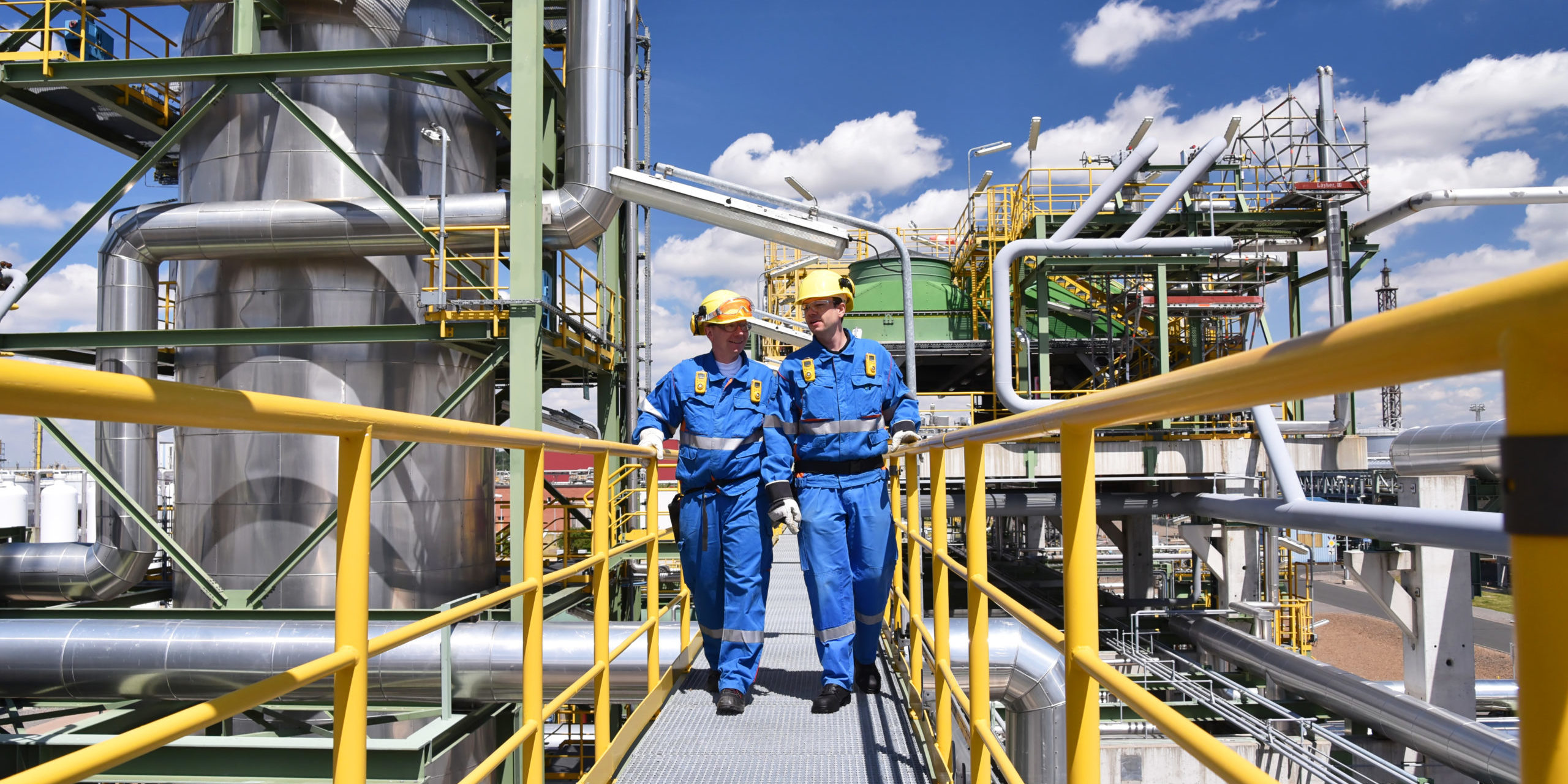In part 5 of this series, we will dispel the myths about worksite labor data collection including wearable technology for worksites.
Labor productivity data collection promises big benefits for many worksites from construction to energy and manufacturing—but can existing platforms really deliver on those promises? In addition to concerns around worker privacy, cost of implementation, maintenance requirements and data security, there’s the necessary wear and tear that comes with any industrial workplace setting.
When selecting an IoT technology partner, you need to make sure that physical components can both hold up to the stressors of the worksite and deliver measurements that can translate to actionable insights for your business.
The cyber-physical components really depend on the physical
Labor productivity data collection typically takes the form of a cyber-physical system, meaning it uses physical equipment, like wearable devices and connectivity nodes, to draw measurements from the physical world with the goal of deriving analytical insight. On the cyber side, software and cloud connectivity allow you to process, store and analyze the data collected from those devices.
The value of the system depends on the reliability and consistency of the physical measurements, since they power the insight you will use to pinpoint how you can improve productivity and safety on your worksite.
Consider durability from every angle
When evaluating a technology offering, make sure you’re thinking about durability from a range of perspectives. A few of those could include:
Wear & tear
Can wearable technology stand up to harsh environments? At Triax, our labor productivity collection platform has been proven in a variety of rugged industrial environments. Learn more about leveraging Triax safety wearables across various industrial worksites, from manufacturing to construction to oil and gas and more—Triax has got it covered.
Power
How often will you need to charge hardware components? Will you be able to consistently collect the data you need? Our IoT wearable devices, for example, are fully rechargeable and use TAG batteries that last for 6+ months.
Connectivity
How reliable are the satellite and cellular networks in your area? Can you afford to rely on them for long-term data collection? What happens if they fail? To eliminate these concerns, our platform relies on a 900mHz proprietary mesh network that can capture data when cellular and/or satellite connectivity fall short or are too expensive to sustain.
Time-to-value
Raw data provides little to no value to your organization. It has to be organized and contextualized into insights that you can both trust and act on to create safety and productivity benefits. Once installation is completed, our IoT platform immediately begins gathering and synthesizing data to deliver actionable insights related to your worksite.
Triax Technology: IoT Wearable Devices Built for the Harshest Environments
Before you choose an IoT wearable technology product or service, it’s critical to ask the hard questions and make informed decisions. Triax is here to help you do that.
Ready for an affordable labor productivity data solution that pays for itself in ROI? Discover Spot-r® by Triax, a comprehensive worksite solution platform that offers a proprietary blend of IoT devices, networks, applications, and insights to capture, synthesize, and act on field data. Contact us today or request a free demo to gain access to unparalleled workplace safety & visibility into your labor analytics.
Download our eBook, ‘Demystifying IoT,‘ to learn more about how IoT works and why it is essential for worksites.

